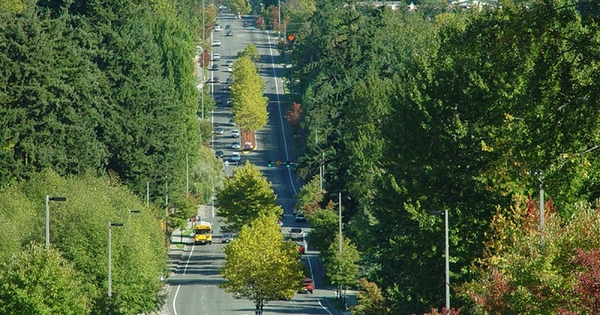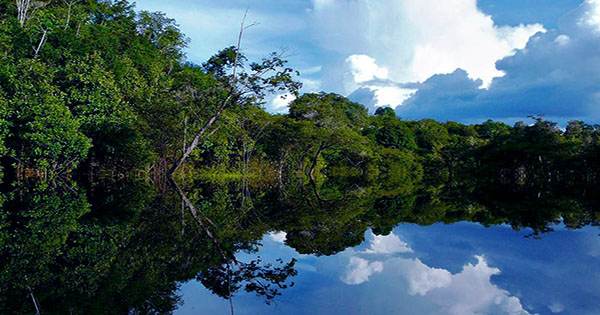Urban forestry is the maintenance and management of single trees and tree communities in urban areas with the goal of improving the urban environment. It is a subfield of forestry that focuses on the cultivation, management, and conservation of trees and other vegetation in urban settings. It entails the design and management of trees, green areas, and natural resources inside cities, towns, and suburban communities.
Urban forestry entails both planning and management, as well as the scheduling of care and maintenance operations for the urban forest. The major purpose of urban forestry is to improve the urban environment by increasing the quality of life for its population, minimizing the effects of urbanization, and fostering ecological balance within urban ecosystems.
Key objectives of urban forestry include:
- Improving air quality: Urban trees help to reduce air pollution by absorbing carbon dioxide and other pollutants and emitting oxygen. They also help to mitigate the urban heat island effect by providing shade and cooling.
- Enhancing urban biodiversity: Urban woods provide habitat and food for a variety of wildlife species, so contributing to the overall ecological balance in urban contexts.
- Managing stormwater: In urban settings, trees and plants aid in stormwater management by lowering runoff and minimizing soil erosion. They also serve as natural filters, limiting the amount of pollution that reaches bodies of water.
- Providing recreational spaces: Urban forests and green spaces provide urban dwellers with chances for recreation, relaxation, and outdoor activities, which contribute to their general well-being.
- Enhancing aesthetics and property value: Well-maintained green spaces and trees in urban areas improve the aesthetic appeal of the surroundings and can increase property values.
To accomplish these objectives, urban forestry frequently entails the selection of appropriate tree species, tree planting and maintenance, tree risk management, pest and disease control, and community participation in various greening projects. To produce sustainable, resilient, and healthy urban ecosystems, local governments, environmental organizations, and community groups frequently work on urban forestry projects.
The function of trees as a crucial component of urban infrastructure is promoted by urban forestry. Urban foresters plant and manage trees, advocate for appropriate tree and forest preservation, conduct research, and educate the public about the numerous advantages trees give. Municipal and commercial arborists, municipal and utility foresters, environmental officials, city planners, consultants, educators, researchers, and community activists all work in urban forestry.
















